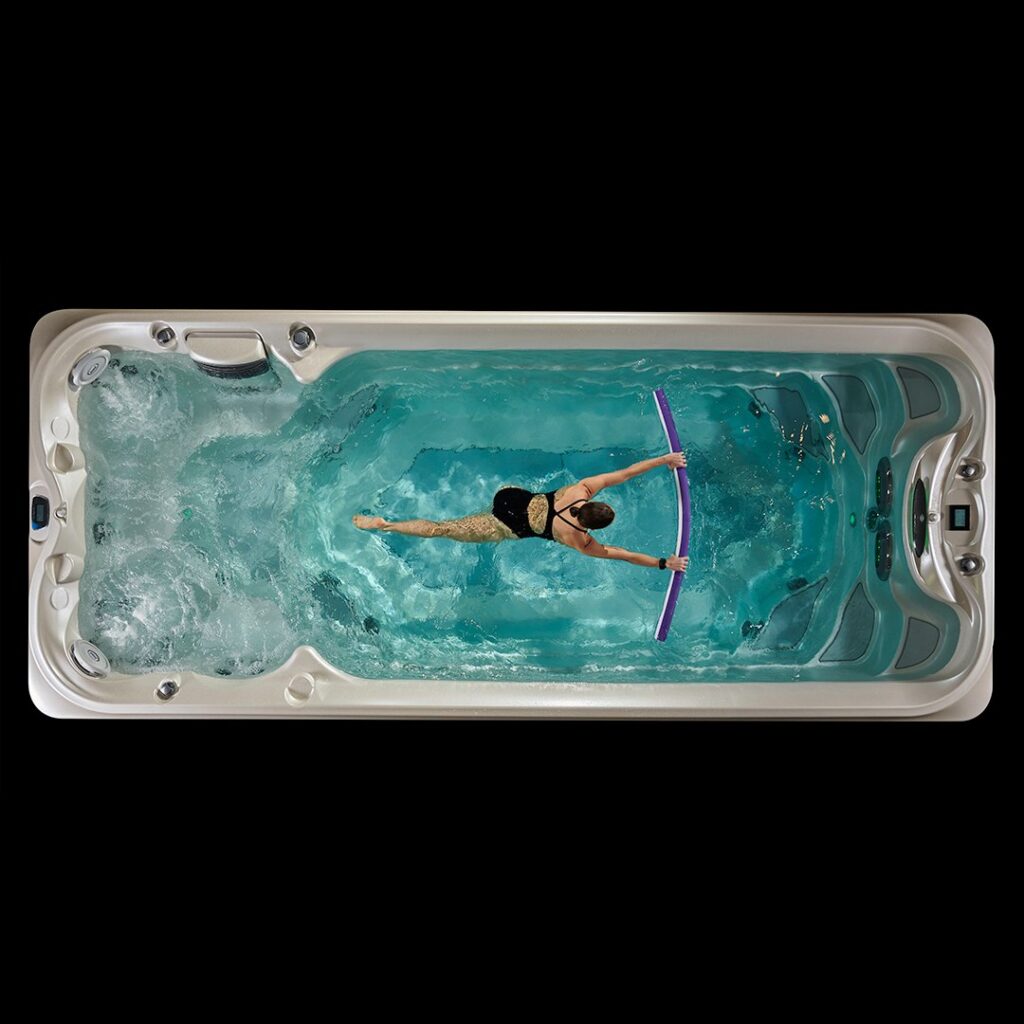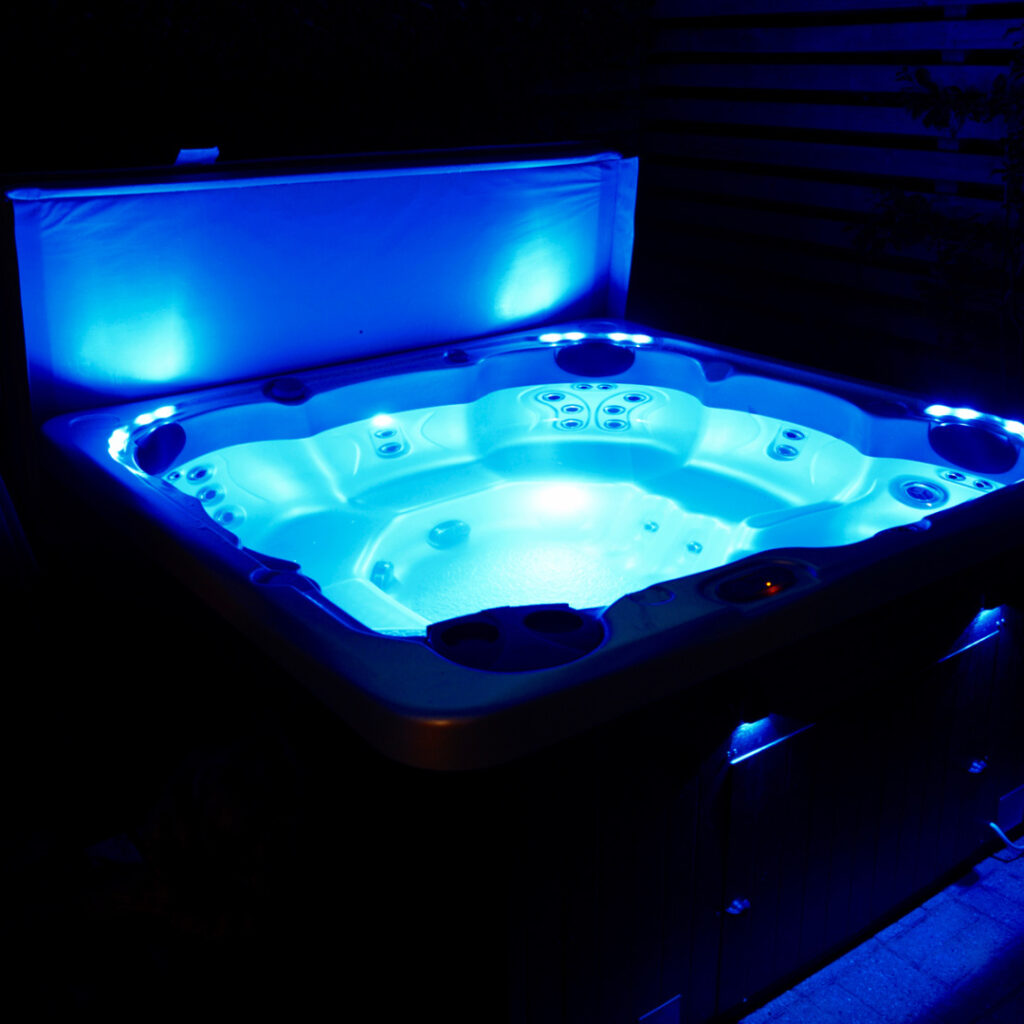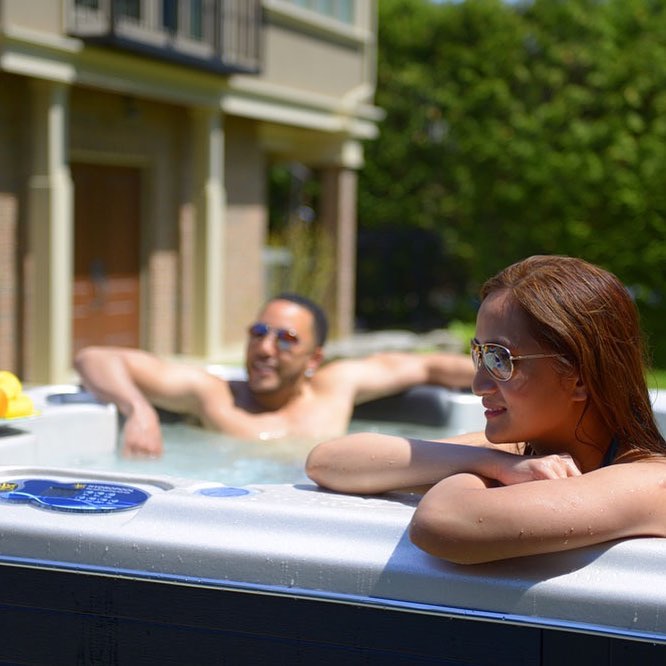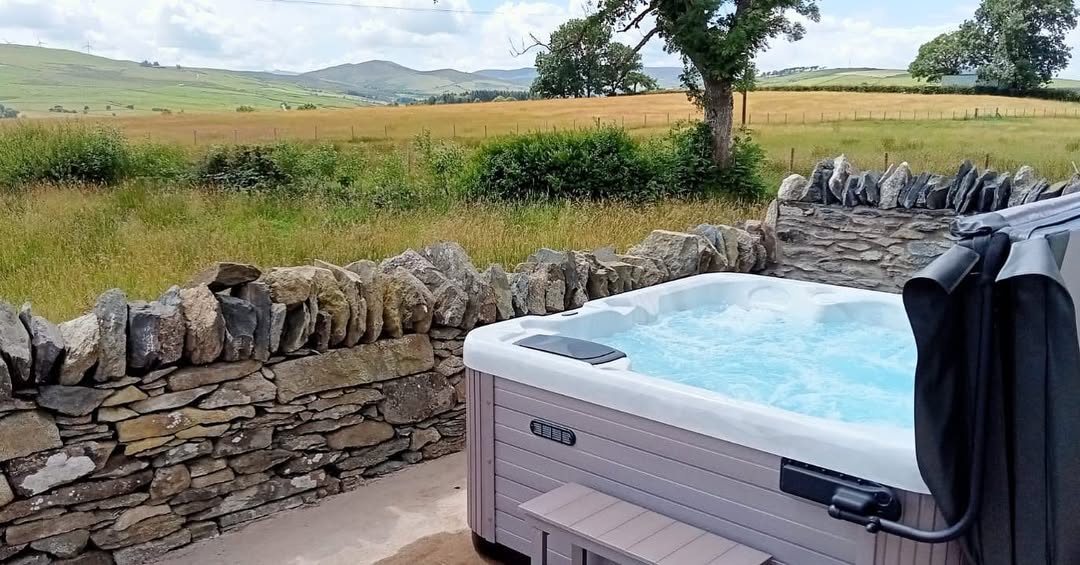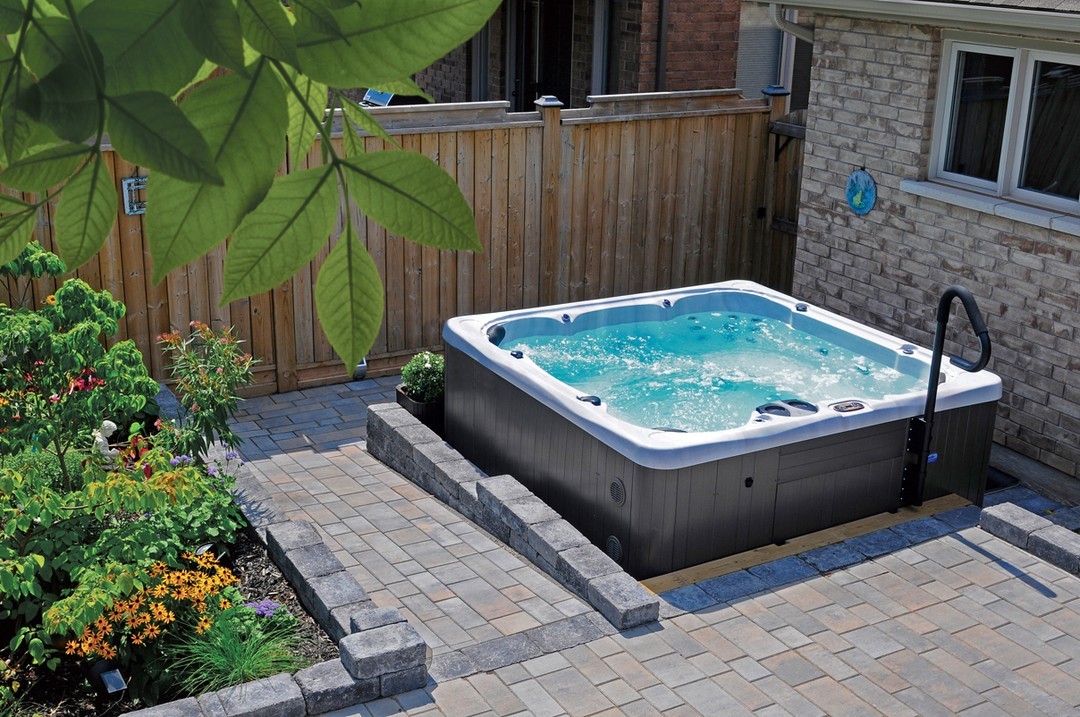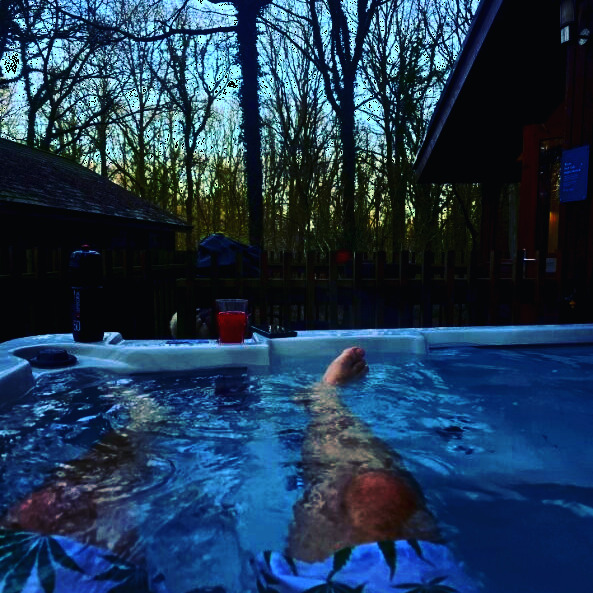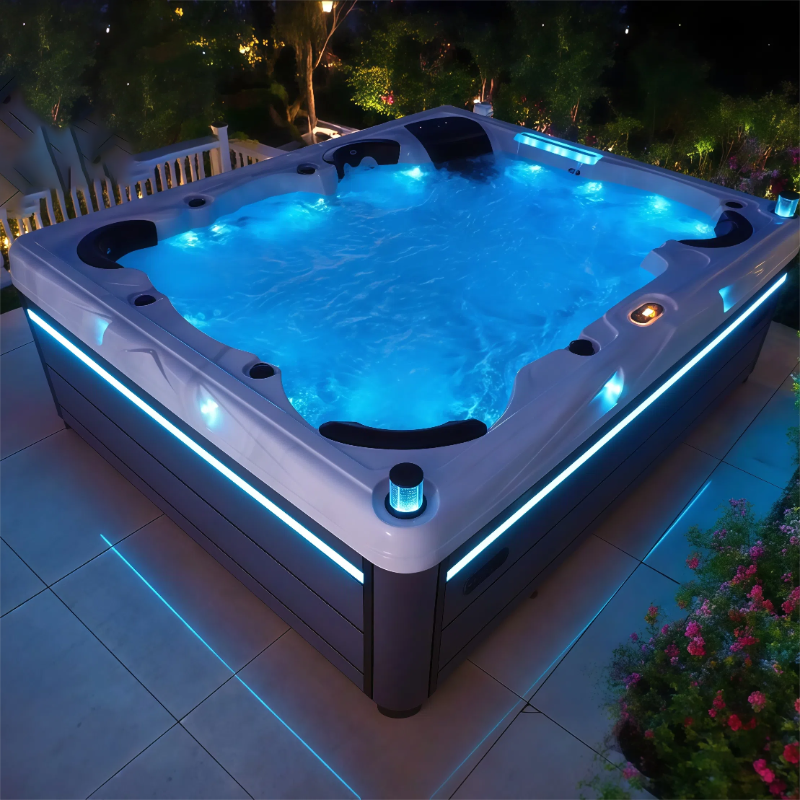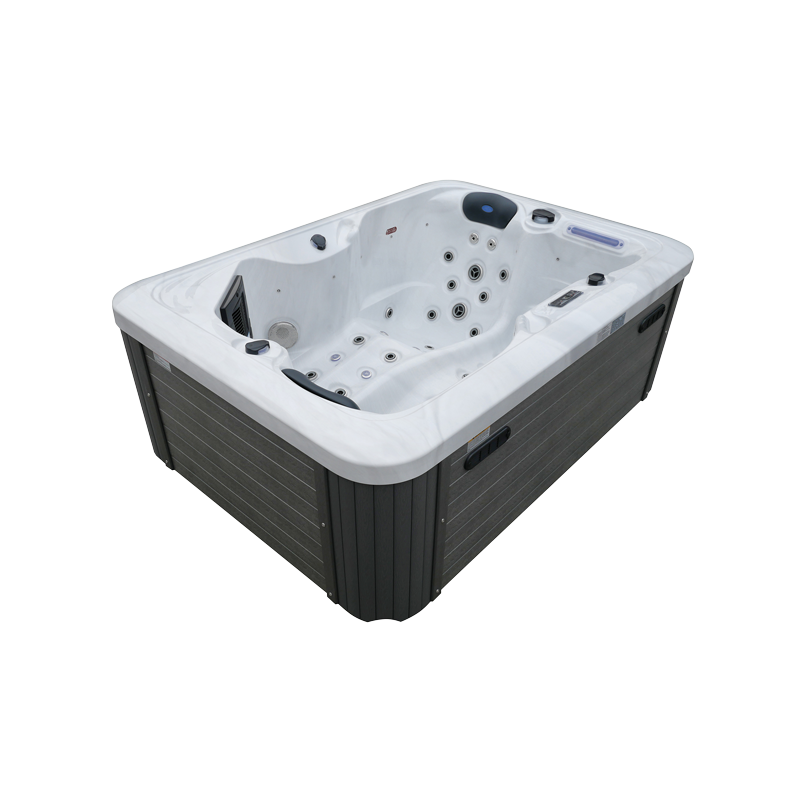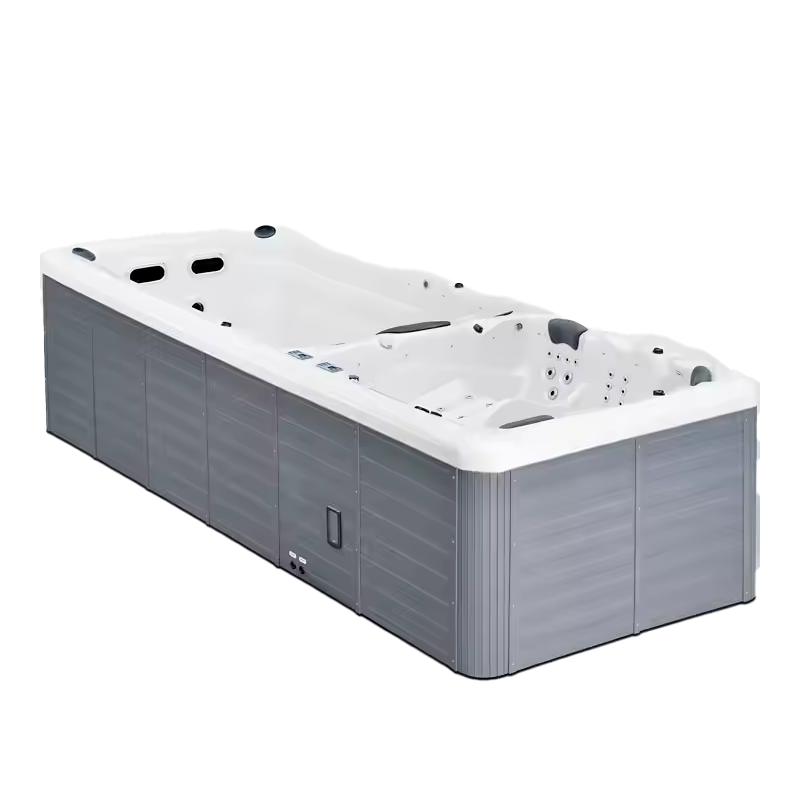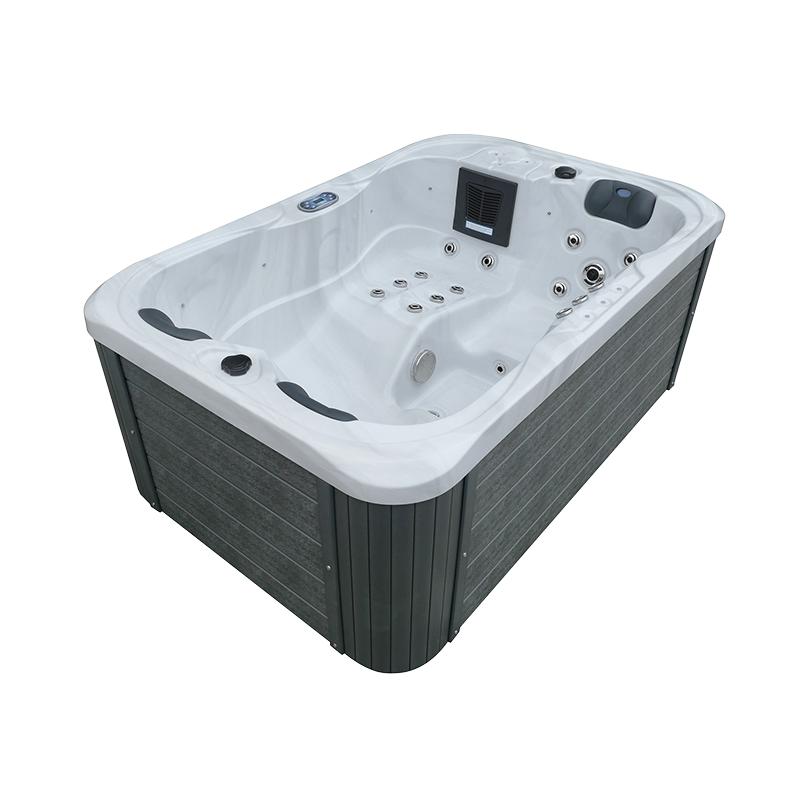Buying a hot tub isn’t something you do on a whim — it’s an investment that can impact your lifestyle for years to come. Whether you’re considering it for health benefits, relaxation, or a social space, knowing the ins and outs of hot tub pricing will help you make an informed decision. A cheaper model might seem tempting, but it could cost you more in maintenance, energy, and repairs in the long run. On the other hand, high-end models come with a hefty price tag but often offer superior durability, comfort, and luxury features.
Let’s break down what to look for when comparing cheap and expensive hot tubs, helping you understand why one might be better suited for your home than the other.
Key Factors Affecting Hot Tub Prices
Before diving into the price breakdown, it’s essential to know what influences the price of a hot tub. Here are the primary factors:
- Size and Capacity: Larger hot tubs naturally cost more due to the amount of material used and their ability to accommodate more people. Consider how many people will regularly use the hot tub to determine the ideal size.
- Materials: High-quality materials like multi-layer acrylic, fiberglass, or stainless steel contribute to the longevity of a hot tub. Expensive models use better materials, ensuring a longer lifespan and better aesthetics.
- Features and Technology: High-end hot tubs come equipped with advanced features like hydrotherapy jets, underwater lighting, and smart controls. If you prioritize technology, these features will add to the price.
- Energy Efficiency: Hot tubs with better insulation, energy-efficient pumps, and smarter technology are more expensive upfront but can save you money in the long run by lowering operating costs.
- Maintenance Needs: Cheaper models often require more frequent upkeep, while more expensive tubs come with advanced filtration systems that reduce maintenance time and costs.
- Installation: The complexity of installation can vary. Outdoor hot tubs usually cost less to install than indoor ones, but if your outdoor setup requires excavation or other modifications, the costs can rise.
Breaking Down the Price Ranges: What You Get for Your Money
Hot tubs come in several price categories, each offering different levels of quality, features, and benefits. Here’s a closer look at what you can expect from each tier.
| Price Range | Entry-Level ($5,000 to $8,999) | Mid-Range ($9,000 to $14,999) | Premium ($15,000 to $18,999) | Luxury ($19,000 and Up) |
|---|---|---|---|---|
| Size/Capacity | Smaller (2-4 people) | Medium (4-6 people) | Larger (6-8 people) | Very Large (8+ people) |
| Materials | Rotomolded plastic, basic acrylic | Acrylic, fiberglass, reinforced plastic | High-quality acrylic, fiberglass | Stainless steel, premium acrylic |
| Jets | Basic jets, fewer options | More jets, ergonomic placement | Advanced jet therapy, customizable | Advanced hydrotherapy jets, multi-zone |
| Controls | Basic digital controls | Digital controls, some customization | Smart controls, possibly smartphone apps | Fully integrated smart features |
| Energy Efficiency | Basic insulation, higher costs | Better insulation, energy-saving pumps | Advanced insulation, low energy costs | Optimal energy efficiency, smart system |
| Maintenance | Higher upkeep, basic filtration | Improved filtration, easier maintenance | Low-maintenance with advanced filtration | Minimal maintenance, self-cleaning |
| Features | Limited lighting, basic options | Multi-color lighting, more jets, improved seating | Full spa features (lighting, sound, ergonomic seating) | Cutting-edge technology, entertainment systems |
| Installation Cost | Low to moderate | Moderate to high | High | High, often customized installation |
Two Additional Features to Consider When Choosing a Hot Tub
1. Hydromassage and Jet Technology
Hydromassage systems are one of the primary reasons people buy hot tubs. Expensive models often feature more jets that are strategically placed to target specific muscle groups. For example, mid-range and premium models will focus on ergonomic design and provide targeted therapy for neck, back, and leg muscles, while budget models may lack this precision.
2. Smart Features and Connectivity
In today’s world, a hot tub isn’t just a simple water container. Many high-end models offer smart technology, allowing you to control your tub from your smartphone or tablet. Whether it’s adjusting the temperature, turning on the jets, or even controlling the lighting, these smart features make your hot tub experience more convenient.
Frequently Asked Questions (FAQs)
1. How long does a hot tub last?
Hot tubs can last anywhere from 5 to 20 years depending on the quality of the materials, maintenance, and how frequently it is used. Expensive models with high-quality materials and advanced filtration systems tend to last longer and require less maintenance.
2. Are high-end hot tubs more energy-efficient?
Yes, more expensive hot tubs often feature superior insulation and energy-efficient pumps, which can help reduce electricity costs over time. If you’re concerned about energy consumption, investing in a higher-end model might be worth the upfront cost.
3. What is the best size hot tub for a family of four?
For a family of four, a hot tub with a 4-6 person capacity would be ideal. This size provides enough space for everyone to comfortably enjoy the hot tub without feeling cramped.
Conclusion: Choosing the Right Hot Tub for Your Needs
The decision between a cheap and expensive hot tub ultimately boils down to your personal preferences, budget, and long-term goals. While cheaper hot tubs can offer basic functionality, more expensive models provide enhanced features, durability, and comfort. By understanding the key differences in size, features, technology, and maintenance costs, you can make a well-informed choice that suits your needs. Whether you opt for an entry-level tub or indulge in a luxury spa experience, relaxation and enjoyment await you.

